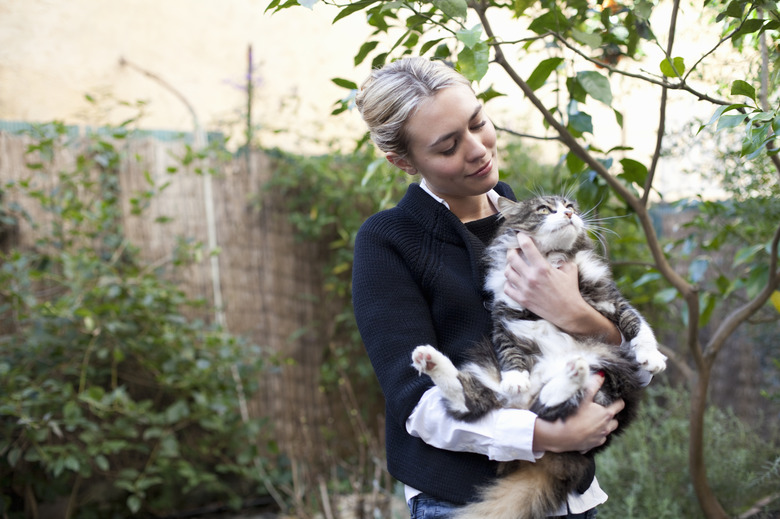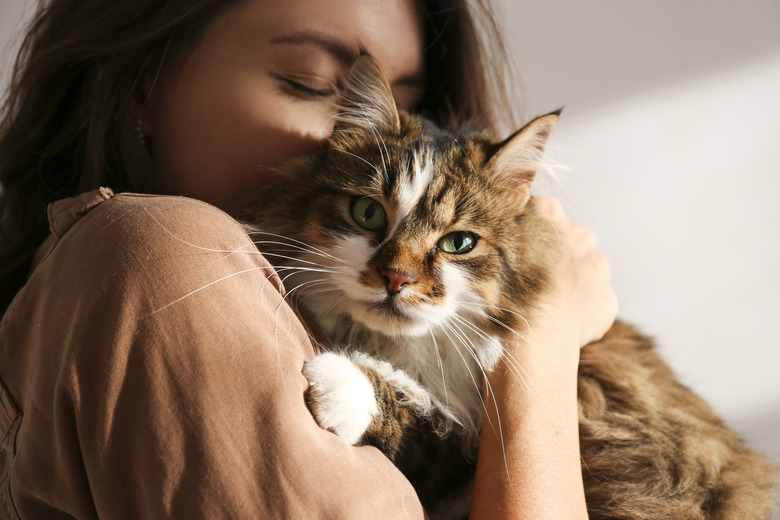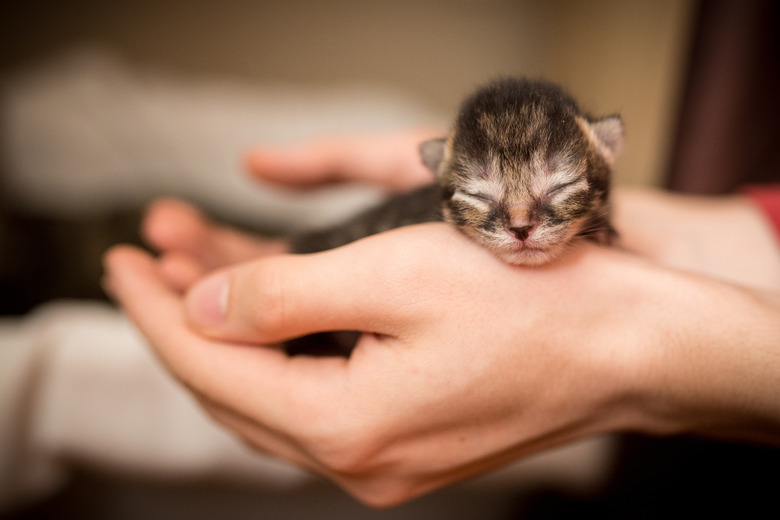How Do Cats Like To Be Held?
Cats are their own creatures. Their independence is one of the many traits that make cats desired companions for millions of humans. While we love to snuggle and bond with our kitties, sometimes they don't enjoy the experience as much as we do. Similarly, some cats react poorly to being held which is why it is important to know how to hold cats. It could be that they don't like being confined, or perhaps you're just not holding cats properly.
All cats will need to be picked up eventually, so it's important to learn how to handle them. This guide presents a step-by-step method for picking up and holding both cats and kittens. We also show you how not to handle a cat and answer common questions pet parents ask about holding their furry friends.
Considerations when holding cats
Considerations when holding cats
Do cats like being picked up and held? Some cats enjoy the warmth and security of being held, but others may feel restrained. Cats are generally self-sufficient, and they value their personal space. If a cat resists being held it could be for the following reasons:
- Cat was never fully socialized
- Some breeds are less likely to crave physical interaction
- Cat spooks easily
- Cat has a history with aggressive humans
You can train a cat to enjoy being held by holding them when they seek human attention or interaction. These snuggle sessions can positively reinforce the activity by drawing a connection between comfort and the completion of a need phenomenon.
How to hold cats
How to hold cats
Cats insist on playing by their rules, especially when it comes to petting and holding them. These rules may seem arbitrary or hard to guess, but luckily, there are a few fairly consistent ones that you can follow to make sure the cat you're holding is happy.
There is a specific holding technique that will not only ensure your cat feels safe but that you also remain scratch-free.
DO make them comfortable: Get close to your cat and pet them to make sure they feel comfortable and safe.
DO support their body weight: Make sure to offer your cat lots of support by firmly supporting their chest with your hand.
DO place a hand under their back feet: Cats don't like their legs to dangle. It makes them feel unsafe.
DO hold your cat close to your body: This will help the cat to feel secure. If you sense your cat getting agitated, put it down.
How not to hold a cat
How not to hold a cat
DON'T turn your cat belly up like a baby: Some cats may not mind, but most cats find this position stressful because it makes them feel vulnerable.
DON'T just hold your cat by their chest, legs dangling: When their legs dangle, cats feel like they might fall.
DON'T hold your cat hostage: While your cat appreciates a firm, steady hold that feels safe, they also don't want to feel squeezed or trapped. So make sure not to go too tight with your hold.
DON'T resist if your cat wants down (unless it's for their health): When your cat starts to squirm, let it down. Learning that they can get down whenever they want will help a cat learn to accept and enjoy being held.
Cat vs. kitten being held
Cat vs. kitten being held
Picking up a kitten follows the same basic principles as picking up an adult cat: always ensure the kitten's body weight is supported. It's also recommended that you handle a kitten regularly in its early weeks. A kitten being held can get used to the interaction.
- Support the chest by placing your hand under the kitten and between its front legs.
- Put your other hand under the back legs.
- Hold the kitten close to your body, so it feels secure.
Check out this video to see how to properly handle a kitten.
Scruffing a cat
Scruffing a cat
Many people think they should pick up cats and kittens by the scruff of fur and skin found behind the neck because mother cats carry their young this way. Most experts agree that handling a cat by the scruff is a bad practice. While the skin at the back of the neck can support the weight of a small kitten, adolescent and adult cats are significantly heavier.
However, there is an exception to the scruff rule. Scruffing a cat is an acceptable way to immobilize it during veterinary examinations. This isn't a technique to hold or transport a cat; it's reserved for helping a cat receive needed treatment without fighting. With proper scruff technique, when a veterinarian does pick the cat up off the ground, she still supports the weight on its hind legs, rather than its scruff.
As you probably know, all cats are different, and holding preferences can vary from cat to cat. This article can serve as a guideline, but of course, won't be true for every cat. Always respect a cat's preferences—they'll let you know what they like and don't like!


